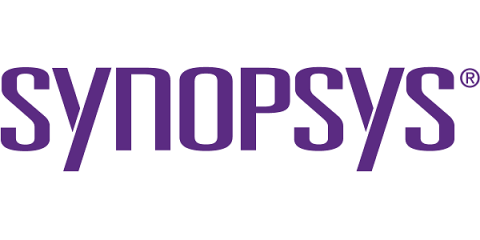Audited vs. automated: What your automated open source tool isn't seeing
Black Duck® introduced the concept of managing open source, and the licensing and security risks that come with it, back in 2002. The process and the products have matured over the last two decades. Open source management has now become nearly as commonplace as source code control, whether development shops are using tools such as Black Duck or simply maintaining a spreadsheet of what is in their code.





